When breakfast time comes, lunch or dinner, it is unlikely that a person thinks about the history of one or another dish that falls on his desk. But many of the popular and favorite dishes today have a breathtaking story. From the Mesolithic caviar, worthy of the stars Michelin, to Caucasian wine, which warmed up the neolithic people after the glacial period - in this review the most interesting history of the origin of famous delicacies.
1. Icra of the Mesolithic era
It turns out that the ancient dishes could also be sophisticated, which proves, for example, this soup from a 6000-year-old caviar, which was excavated near Berlin. The remains of the boiled caviar soup found on the clay bowl dated 4300 BC, were something similar to the ancient version of Korean or Thai dishes, which can be found in restaurants today.
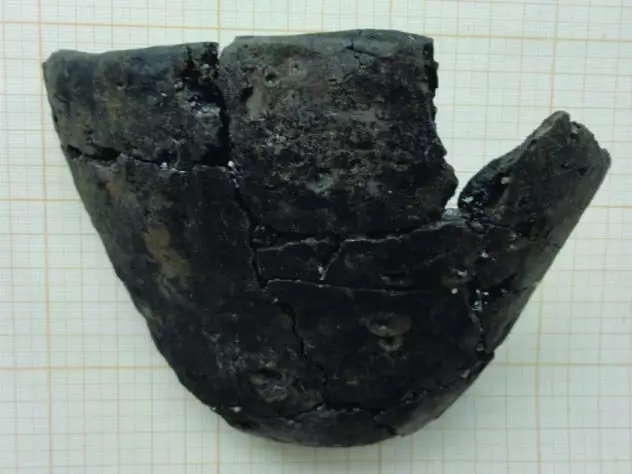
The caviar of freshwater fish was prepared in the fish broth, and in the cooking process it was covered with leaves to preserve the fragrance of the delicacy, and also to bring in the dish of the greenery. The remains of the cooked pork ribs, which were found in another bowl, finally proved that people of the era of Mesolithic people fed quite well and diverse.
2. Vanilla for the dead members of the royal families Hananeyev
Use Vanilla presumably started in South America. But recent testimonies found at the grave of the 3600-year-old age in Israel proved that Vanilla began to use a few thousand years before and at a distance of 21,000 kilometers from South America. Vanillin compounds were found in three small jugs in the Bronze Century's burial chamber in Megiddo. They were clearly donated for the afterlife of three people whose skeletons were decorated with gold and silver jewelry.
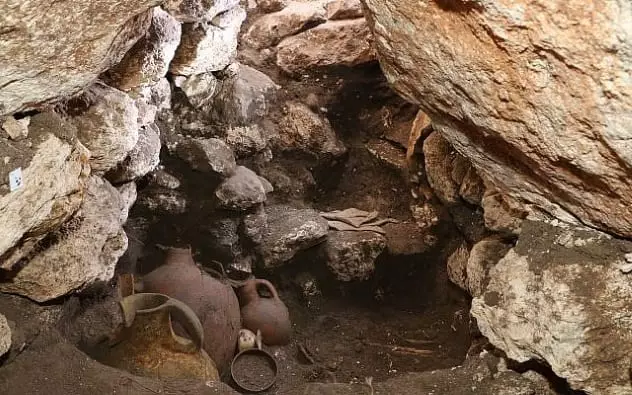
Researchers say that Vanilla Orchid fell into a lender on trade routes from Southeast Asia. Vanilla, which is currently the second at the cost of a spice after saffron, was even more appreciated in the bronze era. Thus, the grave believed, most likely, the dead members of the royal family of Cananeyev.
3. Artifact from Juanhe and Noodles
Disputes are long underway for the origin of noodles. Some say it is a purely Chinese invention, but others argue that this dish has Italian or even Arab roots. Until 2005, the earliest testimonies of the noodle were treated for the times of Eastern Han dynasty (about 25 - 220 G. N.E.), but a much more ancient find was discovered, which suggested that the birthplace of noodles is really China.
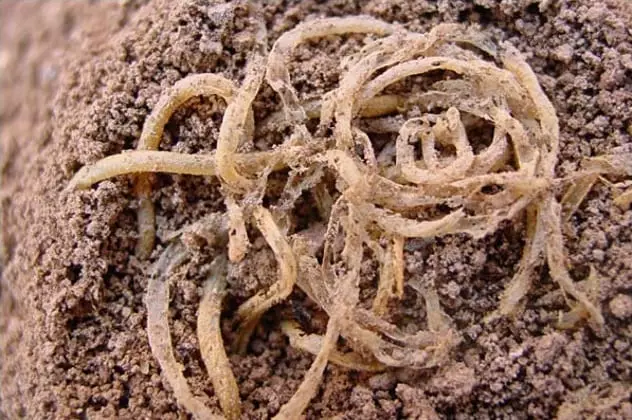
Archaeologists on the Lanzia plot near the Juanhe River found a 4,000-year-old noodle bowl, which was preserved only due to a catastrophic flood. In the pot there were a bundle of yellow strands with a length of 50 centimeters, which, unlike modern noodles from flour, were made from the grain of millet.
4. Where did the wine invented
The world of 8,000 years ago was in the process of awakening from the ice age. And when the average temperature rose, the inhabitants of Georgia at the time of Neolith found out how to make wine. This may be the oldest wine in the world, because although the Chinese cooked alcoholic beverages based on grapes 1,000 before, it was not purely vine. And the Georgian Nakhodka, dated 6000 - 5800 BC, is quite similar to alcohol, which is accustomed to everyone today.
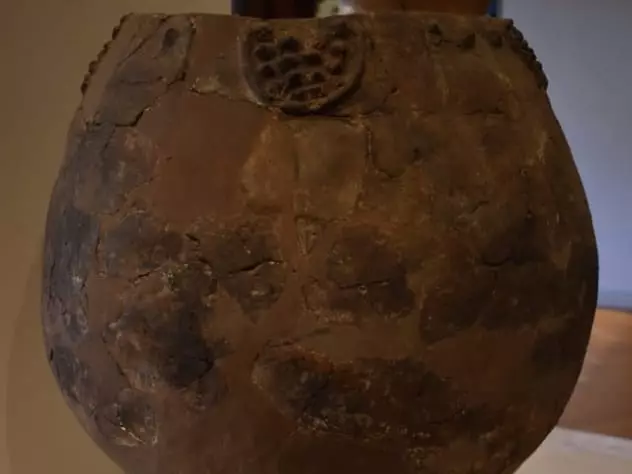
And this invention is still noteworthy by the fact that then they realized that the wine is most convenient to store in clay jugs. Unfortunately, the ancient winemakers did not use wood resin, a well-known preservative, which began to appear in wines a few hundred years.
5. The appearance of holster
A bunch of unassuming black specks, a diameter of only a few millimeters, found at the football hunting hunters in Jordan, turned out to be the oldest bread in the world. They are over several thousand years older than bread, which was considered the most ancient, as well as the most agricultural revolution. Tiny charred remains are the equivalent of remnants of crisp crumbs of bread at the bottom of the toaster.
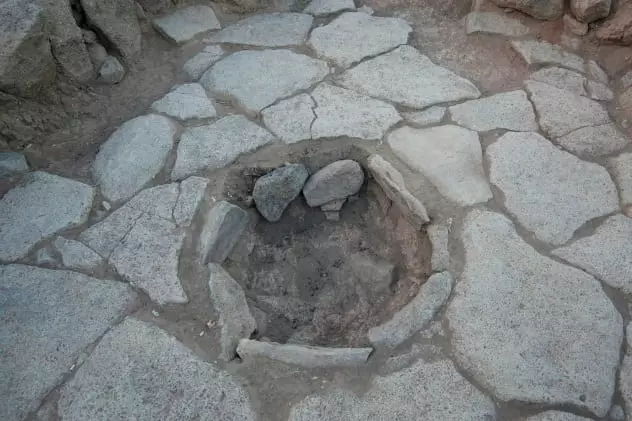
The difference is only one - they are 14,000 years old. Those. They are 4,000 years older than the Levancen agriculture. Natofians, wandering through the black desert, collected wild grain, tubers and cereals, such as barley, wheat, oats and stuff. They made fresh pellets from these ingredients, preparing them on stones or ashes. But it was a long, tedious process, so the bread was probably talked on holidays and other events.
6. Sicily and Culinary Symbol of Italy
It was previously believed that the Italian wine appeared about 1200 BC, perhaps as a result of Greek colonization. But then in the Sicilian limestone cave on Mount Monte Cronio, ceramic vessels, dating back in the late copper century, which "moved" the date of the creation of Italian wines up to the fourth millennium to our era.
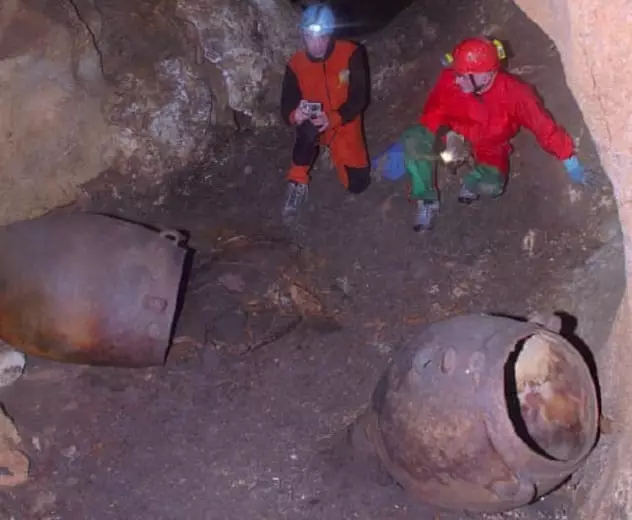
In the storage vessels, archaeologists have discovered 6000-year-old wine acid, the main acidic component of grapes, and the wine stone. These are obvious fermentation results, which are a sign of winemaking. So obvious evidence is much older than all previous discoveries, which included only indirect evidence of grape growing for wine production.
7. The world's first chocolate
The Central American civilizations of Olmekov and Aztec "invented chocolate", when they began to prepare spicy, bitter drinks based on cocoa back in 1900 BC. At least, so thought scientists. But recently found 5300-year-old pottery, which showed that the birthplace of Cocoa is Ecuador. It was here that Theobroma Cacao's first trees "decorated" the planet Earth, and here people used their seeds for culinary and ceremonial purposes.
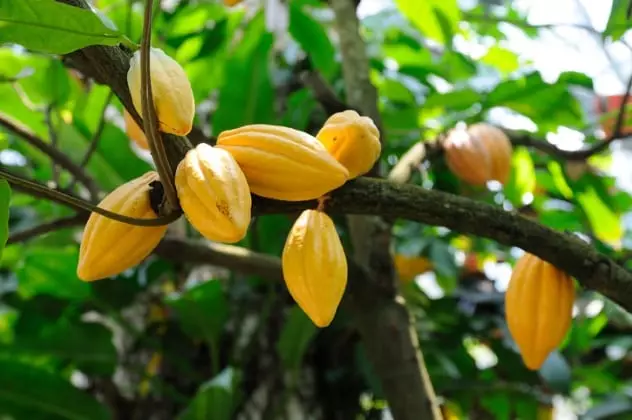
It was discovered when the researchers noticed that the vessels of the residents of the Mayo-Chinchipe, inhabitants in the Amazon basin, looked surprisingly by Maja's pots. By examining their inner walls, scientists understood that this dishes were also used to store cocoa. Such vessels were found both in homes and in graves, so cocoa was used both in the rituals of the burial and cooking, perhaps for the preparation of a hot drink from cocoa.
8. Bone marrow mystery
Most people consider bone marrow with food waste. In fact, this unfairly undervalued food source helped humanity to climb the top of the food chain. Our early ancestors suck him out of animal bones at least two million years ago. Homo Habilis ("Skill") used "Tools from Solid Stones" in order to crush the bones and get to the valuable bone marrow.
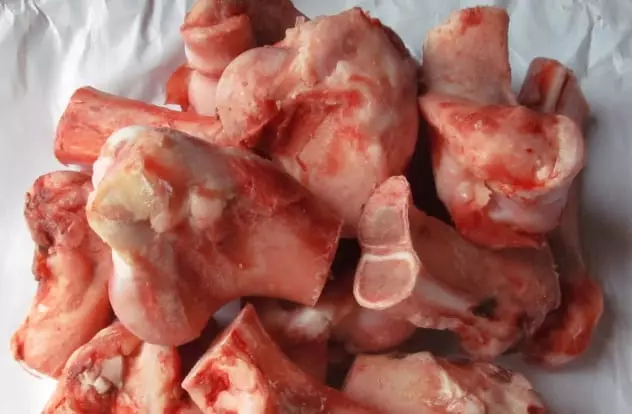
Perfectly affecting the development of the brain fats and proteins in it helped the early people to increase their own brain, which contributed to the creation of better tools. It is also possible that the practice of extracting the bone marrow helped the human hand to develop so that they began to differ from the hands of monkeys, because the forces and the dexterity necessary for the destruction of the bones added an additional evolutionary variable.
9. Ancient complexes for the production of dried meat
In the diet of the indigenous Americans included dried beef, which they called Peummican. This product has become so common that the Indians were equipped with whole parkingians intended for its production. One of these "Pummican factories", which Kuratius was called was discovered in Montane, where the Indians in the Moody Times (1,410-1,650) were hunted on bison. Kuentis complex, consisting of more than 3,500 stone elements, served as the center of the processing of meat of Bizonov for several centuries, until America began to conquer Europeans.
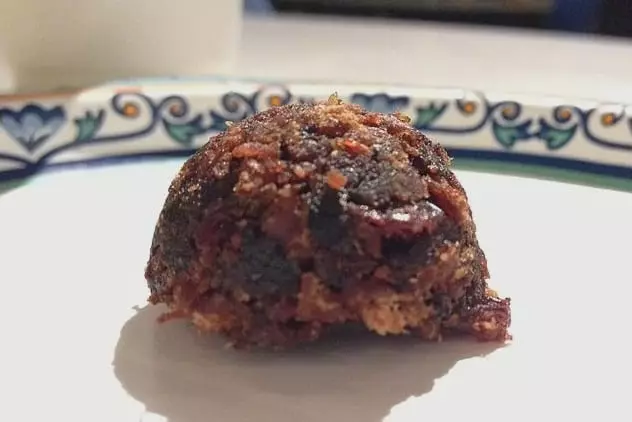
The preparation of pemmican was a time-consuming process, which first included cutting meat on the strips, drying, and then breaking his meat into small pieces of stones. To give a more permitted consistency and enhance calorie, it was mixed with fat, obtained by crushing bones on fragments, their boiling, and then picking foams from fat floating on the surface of the water. As a result, a high-calorie product was obtained, which could be stored for a long time.
10. Dogs began to eat thousands of years ago
The dog meat was part of the diet of some cultures for thousands of years. In the Ancient Chinese tomb found in 2010, found a dog meat, which was used as a sentence to the dead for the afterlife. In the tomb in Si'an, the province of Shaanxi, there was a sealed kitchen utensils with a height of 20 centimeters with age 2,400, made of bronze.
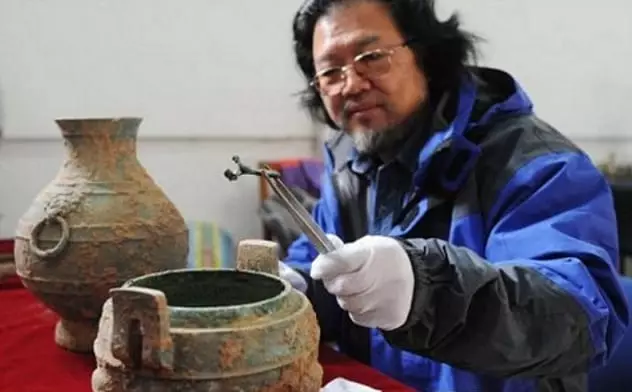
Inside the researchers discovered the remains of an ancient bone broth. The analysis showed that the broth was welded from 37 cobbel bones with age younger than one year. Next to the dog in hermetic bronze container kept wine. These rather luxurious offerings suggest that the deceased was a major landowner or a respected warlord.
